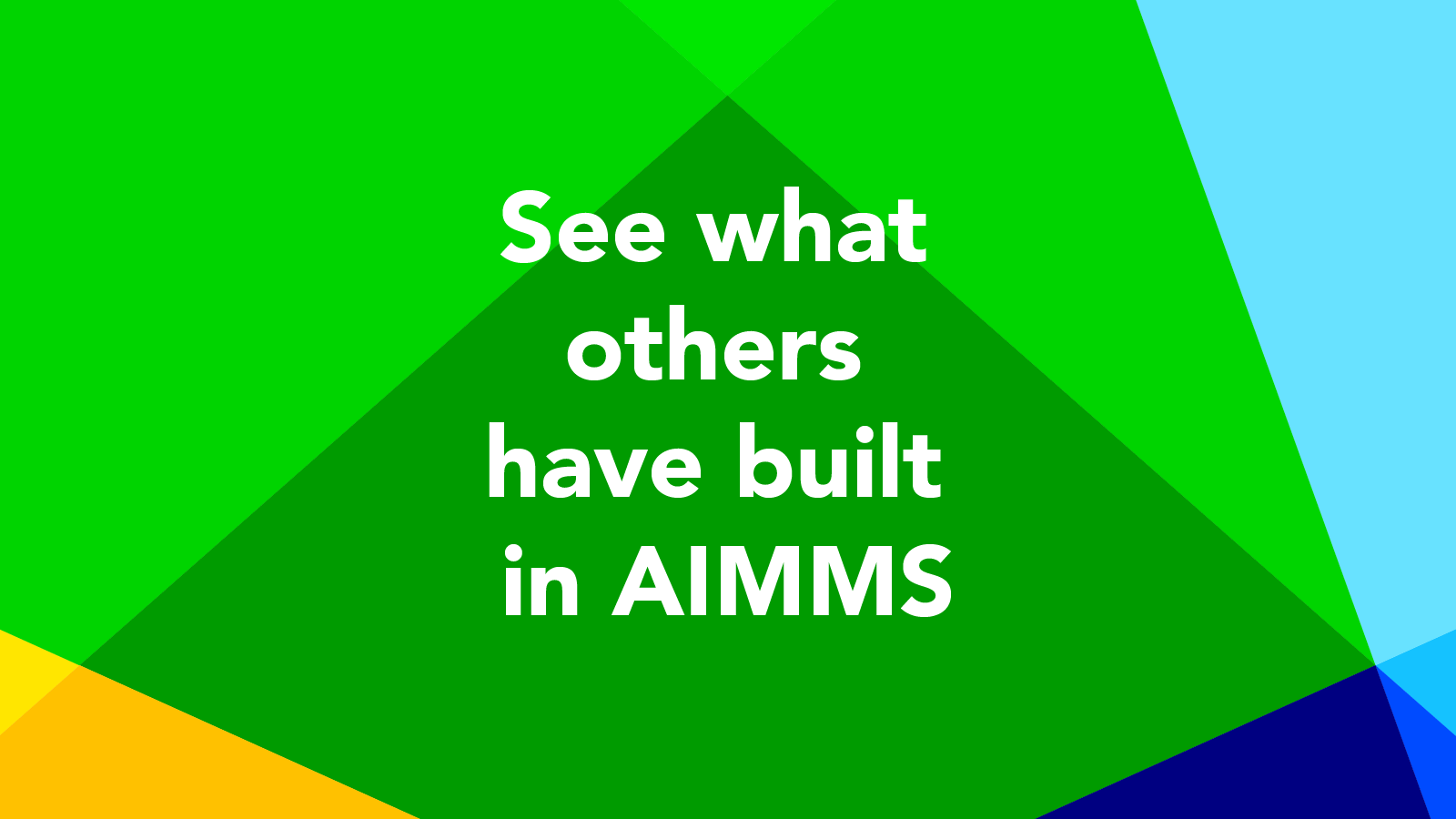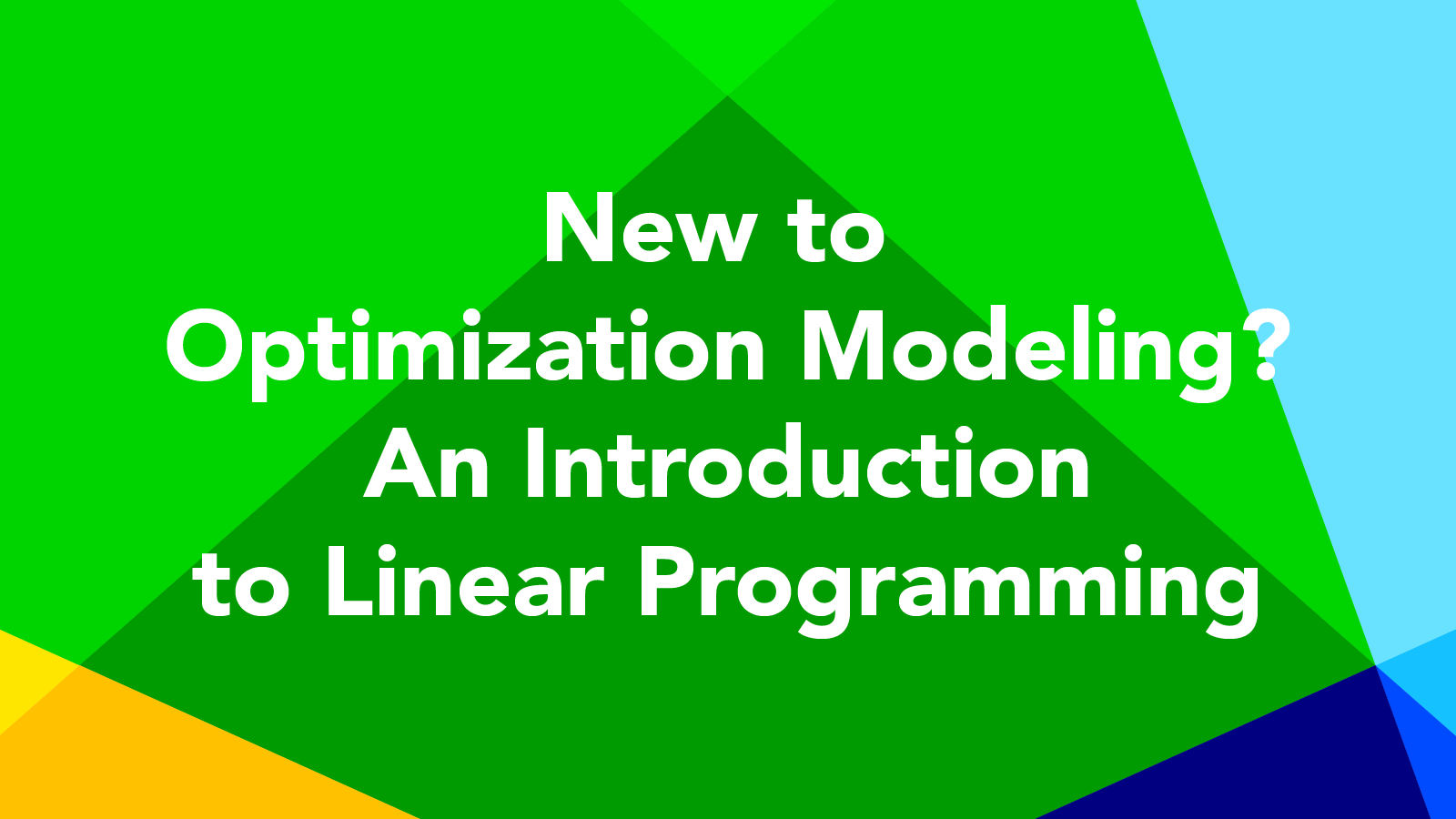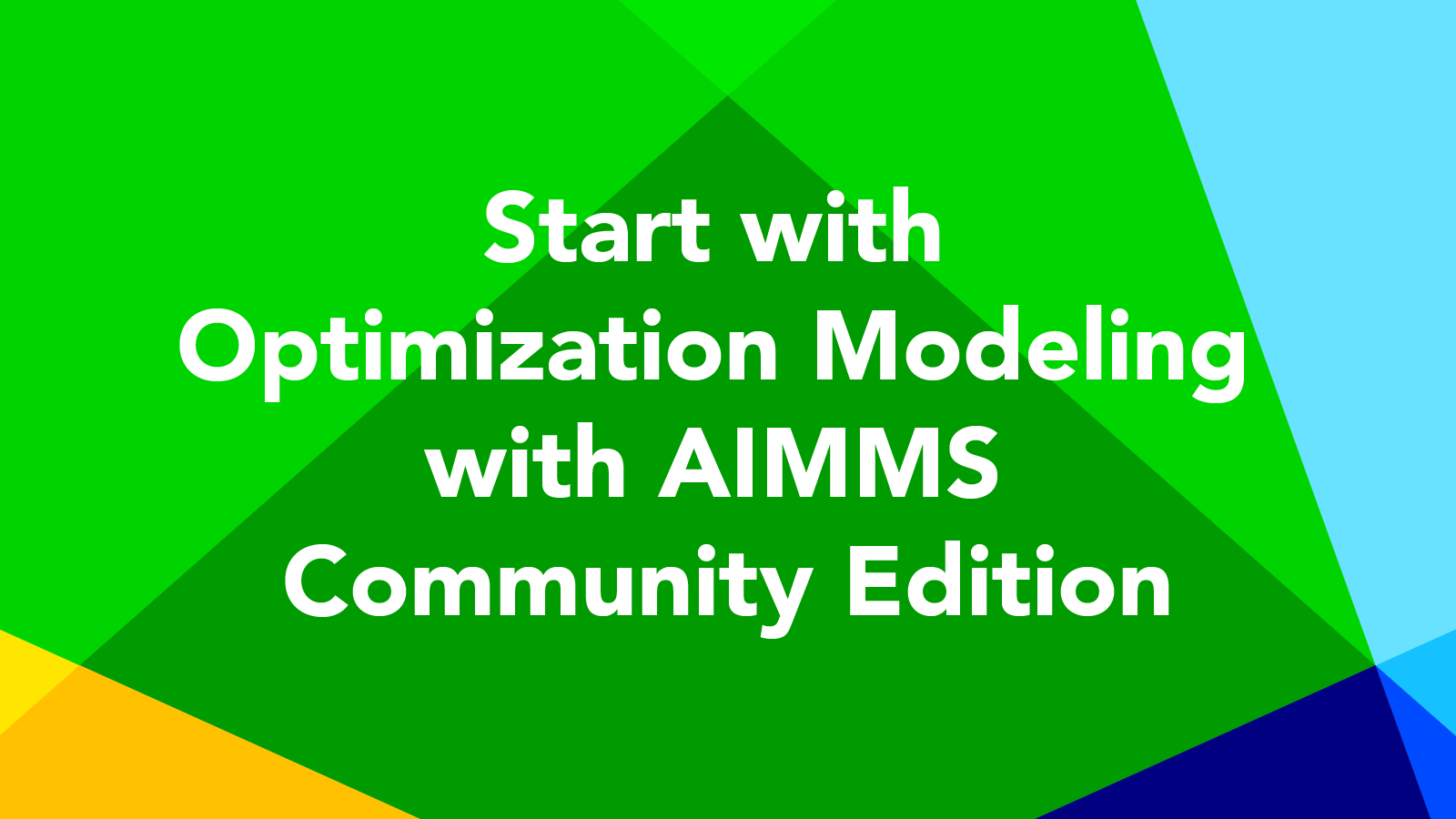Mathematical Optimization is a powerful AI technique that drives optimal business decisions and outcomes
What is Mathematical Optimization?
What is the optimal production schedule to maximize equipment utilization? The best stacking configuration to transport orders? The optimal schedule for our workforce? Which natural ingredient blend should be used to lower costs? How to design our supply chain network to lower carbon emissions? These are just a few examples that can be answered by applying mathematical optimization. One essential characteristic of a mathematical optimization problem is that it involves a set of variables that interact in complex ways, which makes it impossible to keep track of all the interactions and potential outcomes using tools like spreadsheets.
Adding mathematical optimization to your AI toolbox
Download our Guide
Explore the benefits of mathematical optimization and discover a low code approach to develop and deploy optimization apps.
There’s no single solution for all the challenges in the world today, but AI offers an important arsenal of tools that can improve decision making and business outcomes. Mathematical optimization is one of these tools.







